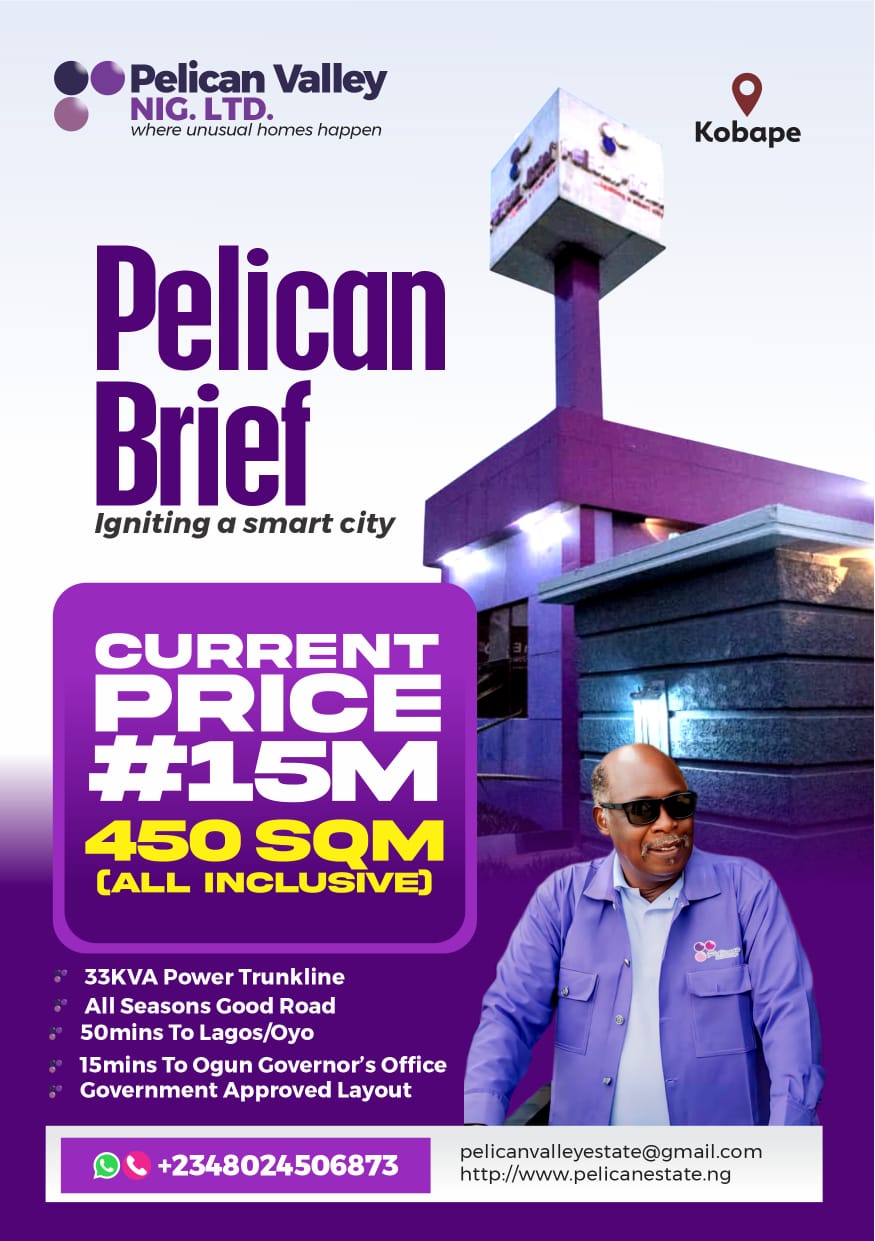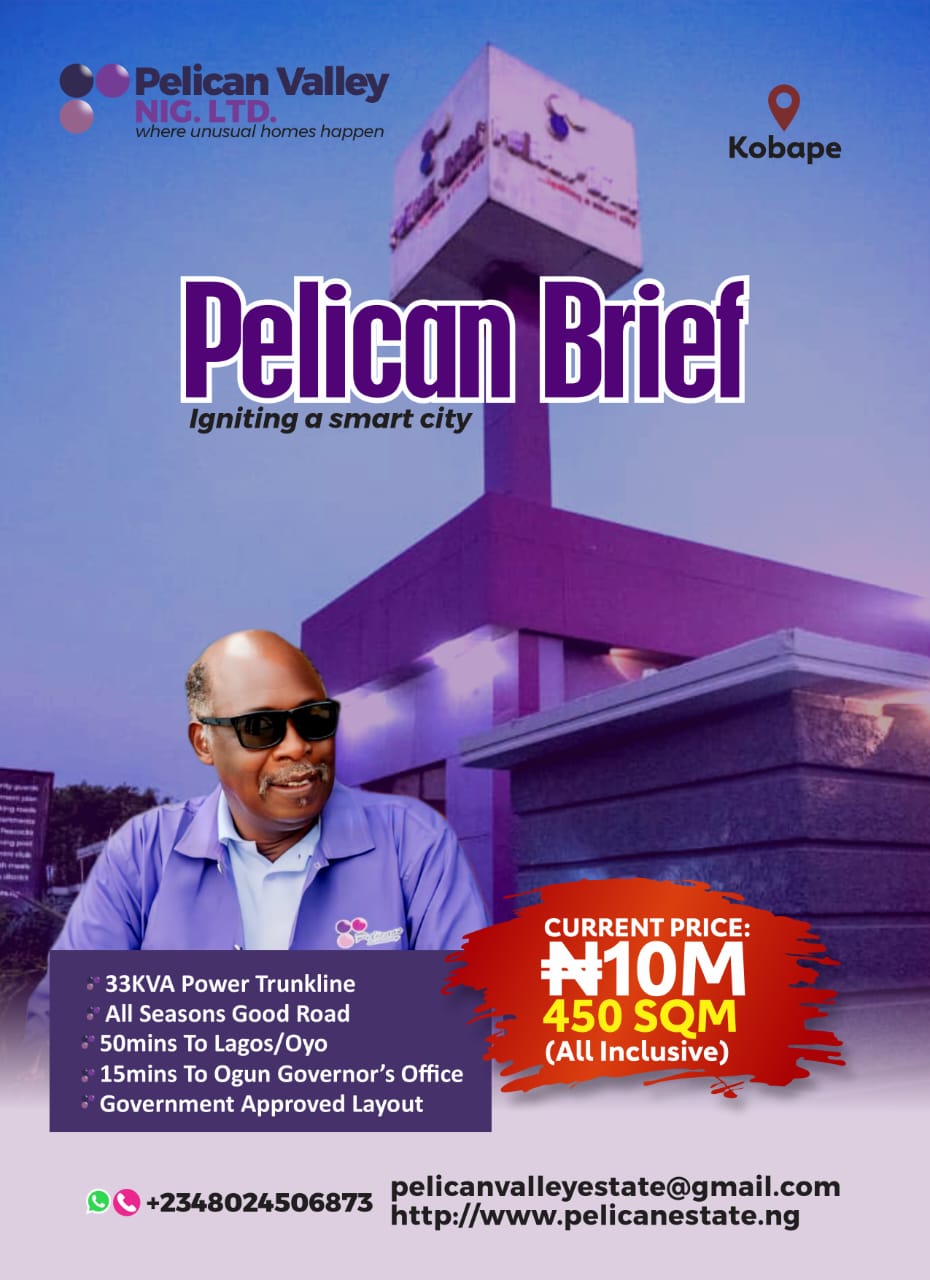[ad_1]
The first phase of Abuja development consists of six mainly residential districts which development guidelines are grouped into three – low, medium or high density residential developments. Their supporting commercial and recreational services are either in neighbourhood or district centers. The requirements are the same for all the residential districts in all the phases of the city development.
The 7th District in the Phase I is the Central Area, which is the main commercial district of the city. Unlike the mainly residential districts, which development requirements are grouped, all plots have their individual development requirements in the Central Area. Because, specific tasks were attached for the developments of many of the land in the Central Area, in order to satisfy specific goals for development of Abuja as the Nigeria’s capital city.
Developments in the first phase are almost full. However, some areas earmarked for very vital functions, and which would have been very important landmarks today in the Central Area, are yet to be implemented. The proposed Abuja National Mall is one of such proposals.
SPONSOR AD
Many would wonder why an extensive land strategically located at the city center, flanked by the Ahmadu Bello Way, the B-8 and B-10 Ceremonial Corridor, within the ministries zone would still be left undeveloped. This area is to accommodate the National Mall, according to the Abuja Master Plan. Specifications and requirements for its development are explained in the Central Area Urban Design of Abuja, a document produced by Kenzo Tange and Urtec Associates.
As a very important component of the Abuja Master Plan, the development of the National Mall was supposed to serve as a catalyzing element for the subsequent developments of other undeveloped commercial and recreational plots in the whole of the Central Area District.
Due to its strategic location and importance in the concept of Abuja development, there is supposed to be unrestricted compliance with the standard and magnitude of the proposal according to the Master Plan. The original concept and the model presented to the FCDA depict a low rise development for the National Shopping Mall surrounded by the high rise developments.
In order that these buildings perform their functions effectively, their heights along the National Shopping Mall have been regulated to a maximum of four floors. However, the last known design in consideration for development has its height jacked up to 20 floors. This was a later review and a deviation from the original concept. It is possible that it was backed by a superior argument due to changing values, which was not to our knowledge as we are presently out of the system.
According to the original plan, the National Mall shall be composed of two parts. The first is in a valley whose natural terrain is used effectively as terraced sunken garden. These terraced decks include many amenities such as restaurants, coffee shops, small cinema, disco clubs, bars, night clubs, boutiques and an amphitheater, so as to enliven the ministry area after office hours. These facilities can also be connected to the bus stations and the future subway stations by means of pedestrian underpasses which are linked to the ministries garden.
The second part is the States Plaza Area, which consists of state gardens including small amenity facilities such as coffee shops kiosks etc. The area is to be well landscaped using the natural topographical features. Subway stations will be introduced here in the sunken garden so as to help increase the activity around it at any time of the day.
The routes B-8 and B-10 bordering the National Mall are to be planned and landscaped with such dignity as to reflect their important ceremonial functions. In order to give the roads befitting dignity it is considered undesirable to allow the roads to follow the natural topography. They are, therefore, made to pass over the valley on bridges which are to be kept at the same uniform slope from the National Square to the Roads N-11 and S-11. From the road to N-12 are proposed symmetrical ramps using topographical conditions. The spaces below the bridges can be used for parking and for commercial purposes along the part which faces the National Mall.
Some facilities which are to be supporting services to the National Mall, like the ministries gardens, bus and subway stations, till date are non-existent. Are they forgotten, or yet to be implemented? Perhaps, the custodians of the property and the project, the Abuja Infrastructure Investment Company, can shed more light.
What we would advise is that in order to prevent major destructions on the super structure due to excavations, the subway should be prioritised to precede the various structural developments. We would also urge the present people in authority to continue holding the project as a trust for the city and public benefit. Not to personalise it by taking over for personal gains.
Do you want to share a story with us? Do you want to advertise with us? Do you need publicity for a product, service, or event? Contact us on WhatsApp +2348183319097 Email: platformtimes@gmail.com
We are committed to impactful investigative journalism for human interest and social justice. Your donation will help us tell more stories. Kindly donate any amount HERE




